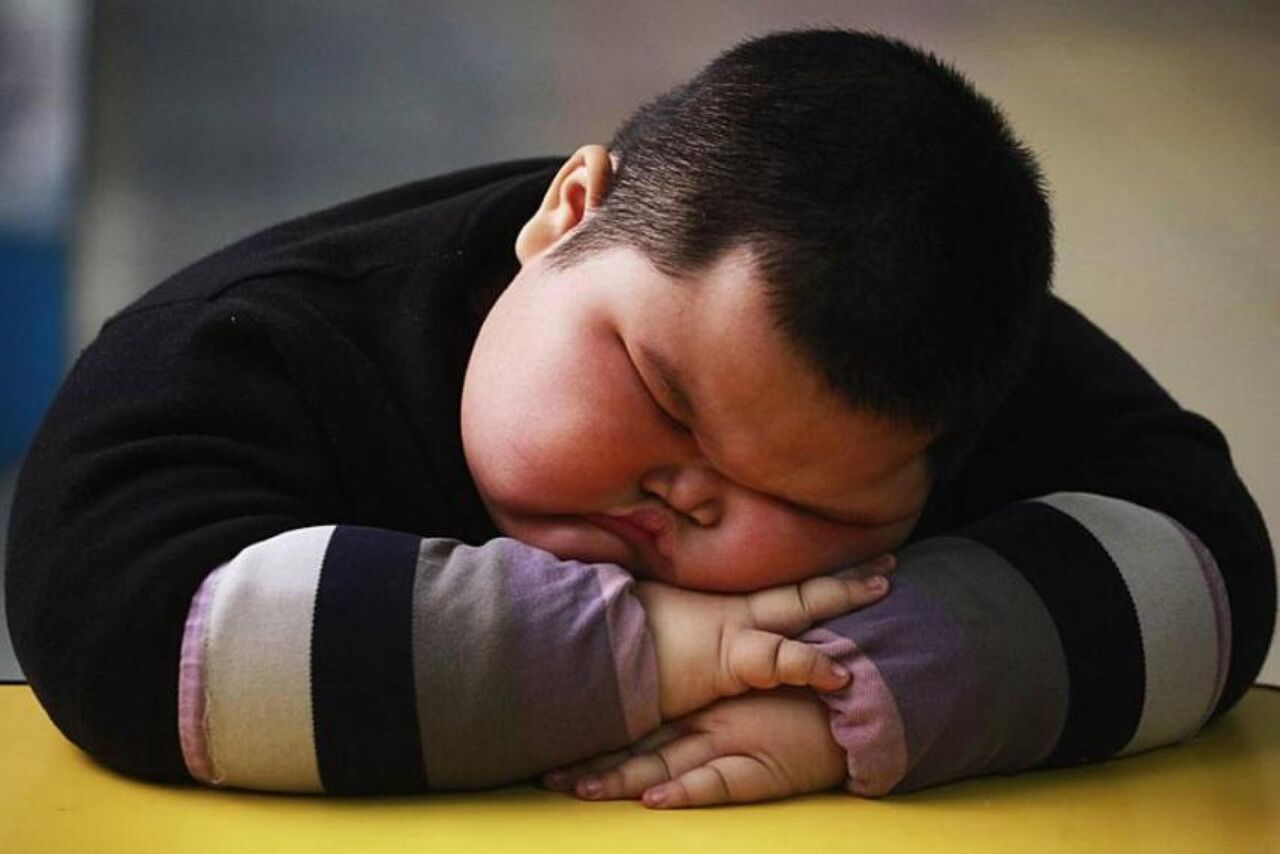
Nutrition in adolescent obesity
Approximately 12.7 million people or 17% of children and adolescents are obese. Obesity is a simple medical condition that can be diagnosed but is hard to treat. Unhealthy weight gain due to poor diet and lack of exercise is the cause of more than 300,000 deaths each year.
Causes of obesity in adolescents
• Genes
• Socio-economic issues
• Metabolism (Converting food into energy in the body)
• Not getting enough sleep
• Choose an unhealthy lifestyle
Treatment of obesity in adolescents
Obesity treatment can include the following:
• Advice and diet by a nutritionist
• Changes in food habits and calorie intake
• More physical activity with an exercise program
• Individual or group therapy focuses on changing behaviors and dealing with weight-related emotions and issues related to body growth.
Possible complaints of adolescents with obesity
• High blood pressure and high cholesterol
• Joint problems such as osteoarthritis
• Sleep apnea and respiratory problems
• Psychosocial effects
• Having diabetes
• Metabolic syndrome
Nutrition therapy in adolescents with obesity
The standard protocol recommends 30 to 40 percent kcal fat intake in children 1 to 3 years old and 25 to 35 percent kcal calories in children 4 to 18 years old. All children and adults need to take 45 to 65 percent kcal calories. Protein Recommendations from 5 to 20 percent of calories in children 1 to 3 years with a gradual increase to 10 to 30 percent of calories in children 4 to 18 years.
Tips for Obesity in Adolescents
• Do not reduce your fat intake to zero. Consumption of fats in fatty fish or fruits such as avocado can also be beneficial if consumed optimally.
• Try to buy less unhealthy foods such as chips, biscuits, candy, and sugary drinks so that they are not available to your children.
• Do not consume sugary drinks such as soft drinks and unnatural juices
• Instead of focusing on calorie content, choose foods based on nutrient density. (Pay attention to its micronutrients and macronutrients)
• Limit the intake of added sugars.
• The fiber in vegetables, whole grains, and fruits, as well as the protein in sources such as eggs, chicken, beans, and nuts, can help you in between meals and may prevent overeating.
• Drinking water throughout the day can help regulate appetite and reduce the urge to snack when you are not necessarily hungry.
• Australian guidelines recommend that children ages 5-18 have at least 60 minutes of moderate to vigorous physical activity.
• It is necessary to reduce the consumption of foods, follow a balanced diet, adequate consumption of fruits, vegetables, fiber, and avoid high-calorie and high-fat foods.
In obese adolescents, the common mistakes about food consumption:
• Irregular food intake
• Get lots of meals during the day
• Not receiving breakfast
• Eat fewer fruits and vegetables
• Eat more salty and sweet foods




